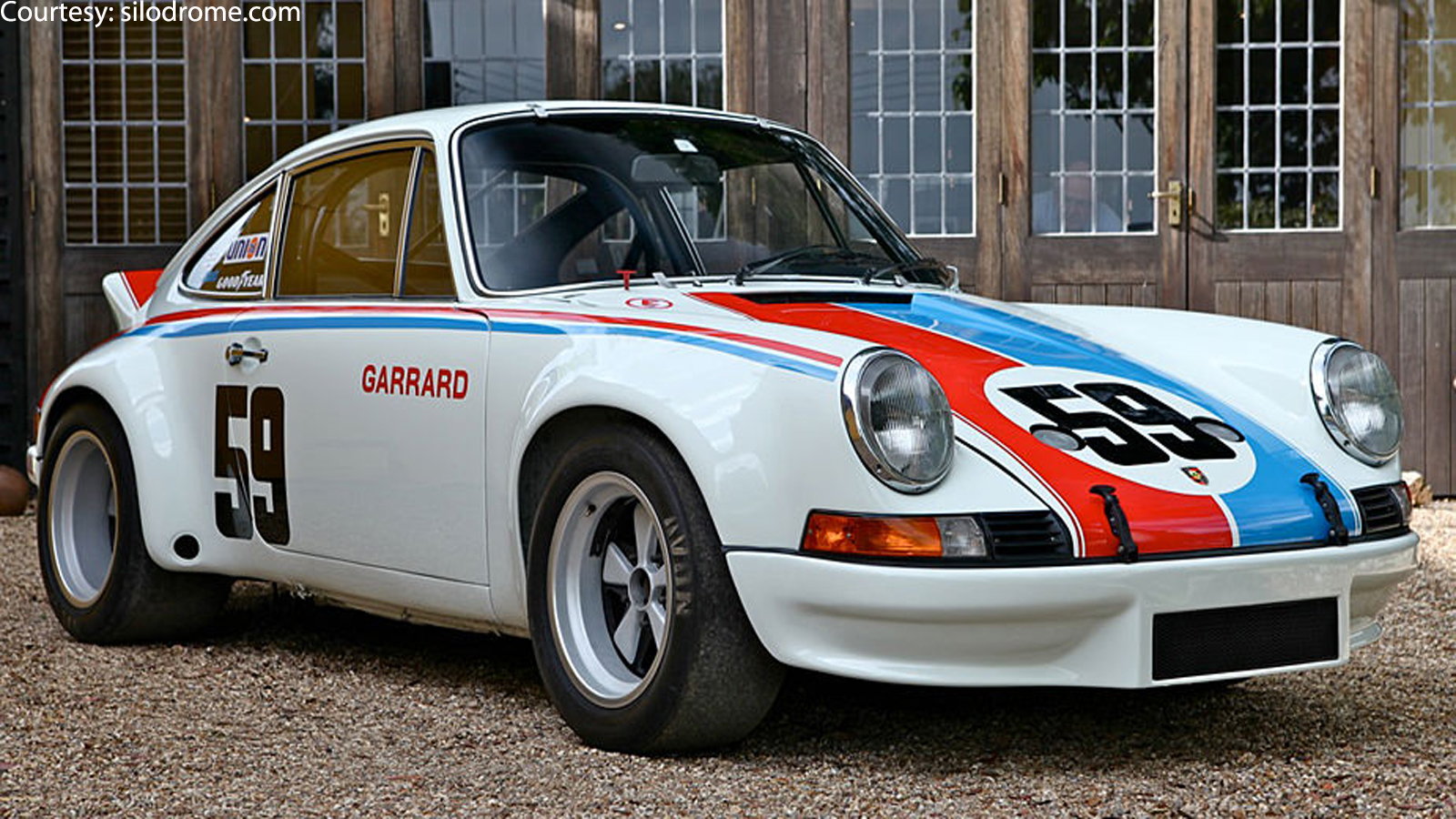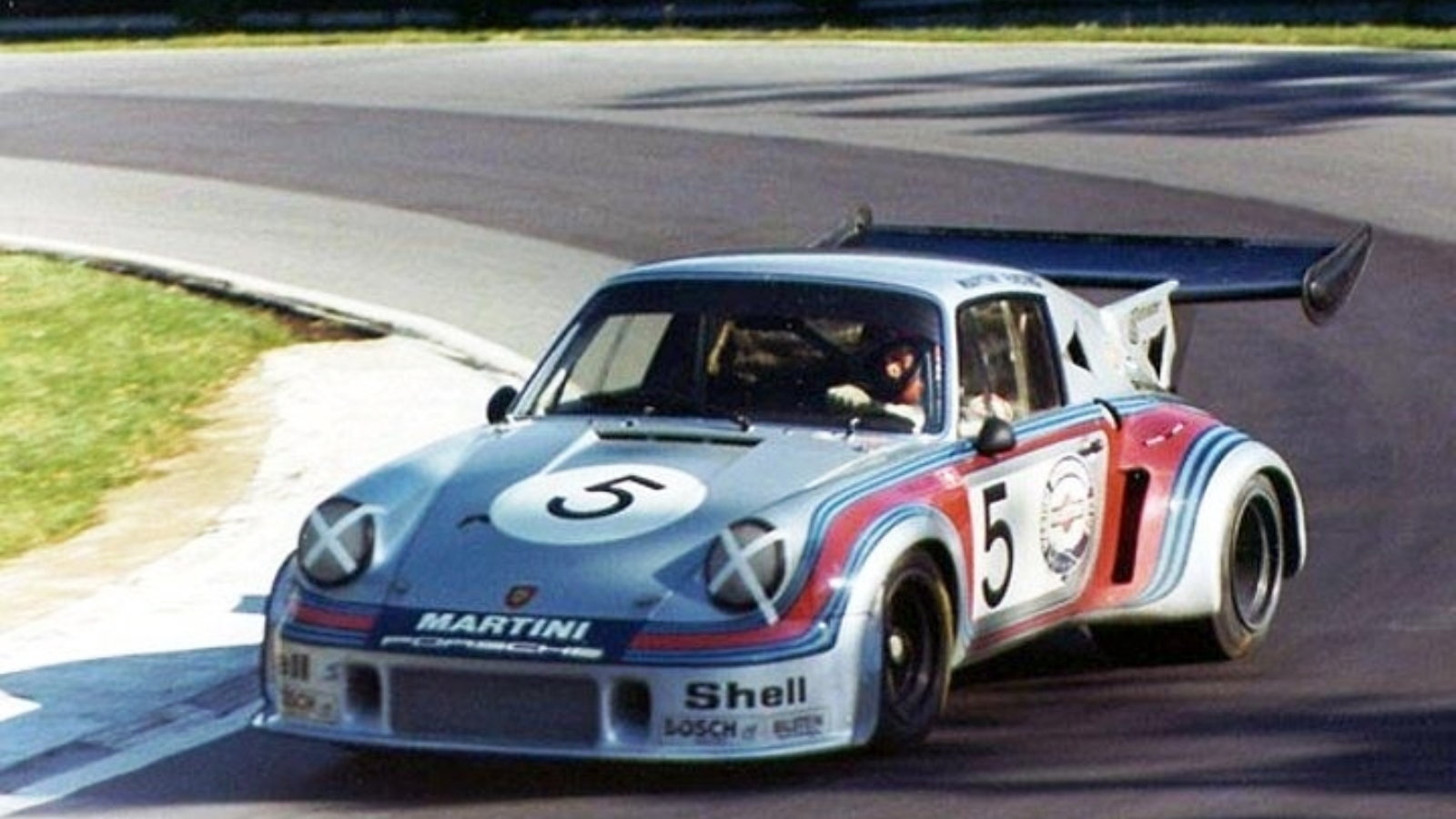9 Facts about the 1973-74 Porsche Carrera 911RS


















1. Rare Beast
Porsche produced lots of air cooled cars between 1964 and 1998, but only about 1600 of them were the special Carrera RS. With all the little improvements the factory introduced on this model, it really served as the prototype for 911 performance for years to come. In order to homologate parts for racing, Porsche was required to make at least 500 street-going versions of the car, but it was such a hit they sold more than three times that many in the first year. In 1974, further improvements were made including a 3.0-liter motor, and an additional 53 cars were produced, mostly for racing. These cars regularly sell for six figure prices, sometimes close to $1 million, like the one pictured which went for $891,000 last year.
2. Exterior Changes
The biggest exterior change the Carrera RS got was the prominent duck tail spoiler on the engine cover; wind tunnel testing showed the rear of the car produced lift without it at high speed. The wheels (Fuchs alloys) and tires are wider than on the standard 911, with rear tires that are wider than the front, which is supposedly a first for a street car. The fenders are flared out to accommodate the wider rubber.The suspension is stiffer than other 911s of the era as well, and they weighed less thanks to an extensive program to eliminate anything that would not make the cars faster. The basic RS Touring model weighed in at 2,370 lbs, but special Sport Lightweight models were also made with thinner glass and fenders, which weighed in at just 2,150 lbs.
3. Engine Upgrades
The biggest change in the engine compartment was a 6mm increase in the bore size to bring the 2.4-liter motor up to 2.7 liters of displacement. This gave the car 210hp at 6300rpm, an increase of 20hp over the other 911 models Porsche was making at the time. The bores were also Nikasil lined to make them lightweight and low friction while retaining good wear characteristics. All of the 1973 Carrera RS cars were fitted with mechanical kugelfischer fuel injection, while the 1974 3.0 version utilized a Bosch CIS system and made 20 more horsepower. All Carrera RS cars were also equipped with a five-speed 915/08 manual gearbox.
4. Ultra Rare RSR Race Version
The Carrera RS was the street going version of the car, made to homologate it for FIA competition, but the RSR was the full race version and just 55 of them were made. The RSR also raced at the Sebring 12 hour, and the Daytona 24 hour, where Hurley Haywood and Peter Gregg took the overall victory, beating even the prototypes. The RSR cars had an even bigger bore motor, for a full 2.8 liters and 10.5:1 compression, for about 300hp. To match that power the brakes were adapted from the 917 prototype racer of the previous year.
5. IROC
The International Race of Champions put all of the top race car drivers from various series into identically prepared cars to race on various tracks. 1973-74 was the debut season, and the car they all had to drive was the Porsche Carrera RSR 3.0. These races took place at venues like Sebring, Riverside, Daytona, and other tracks, usually as support for another race the same weekend. As you could see from the names prominently pasted to the car, drivers like Al Unser, AJ Foyt, Richard Petty, Bobby Allison, Mark Donohue, Emerson Fittipaldi and Gordon Johncock all competed. These cars now, with their unique racing history, are some of the most valuable 911 of this era; the yellow car was sold this past year for more than $2 million.
6. FIA Group 4 GT Racing
The Carrera RS 2.7 was designed to meet the rules of the new FIA Group 4 GT class, and it was amazingly successful in its debut season. In the nine-race season, Porsche won six of the races and the championship. Pictured above is the Targa Floria road race in Italy, with a Carrera RSR race car in the classic Martini Racing Livery.
7. 1974 RSR Turbo Racecar
After the successes of the 2.7/2.8 RS in 1973 FIA racing, Porsche developed the 3.0-liter motor, and at the same time the smaller turbo motor to race in GT group 5 for 1974. Porsche had turbo experience with the 917 Can-Am cars, but these would be the first 911 turbos. A 2.1-liter motor was force fed air via turbo charger, for a rules equivalent 3.0 displacement. Depending on how much boost they set it up for, this gave the RSR between 450 and 500hp. These may have looked like heavily modified 911 street cars, but the RSR turbo was pretty much a tube chassis prototype race car under the skin. Lessons learned from the turbo program were directly applied to the 911 a few years later when a street turbo was actually offered.
8. Value
You know how air cooled Porsche 911 are all through the roof value wise? These cars were leading the way. Hagerty Insurance estimates for one in just fair condition (weekend driver needs work) you are going to have to put out over $500,000. As mentioned earlier, a recently restored, concourse-ready Carrera RS recently sold at auction for nearly $900,000. Those prices are more than ten times what a 1973 Porsche 911t coupe goes for, which explains why so many lesser cars of this era are now wearing Fuchs alloy wheels and duck tail spoilers.
9. Modern Tributes
The 1973 Carrera RS is such an iconic looking car that it has inspired plenty of people to build tributes out of lesser, later model cars. In the past 20 years, Porsche has gotten into the act as well. The 2004 911 GT3 RS is most often seen with the red wheels and red stripe that is a direct throwback to the old RS. The 2010 911 Sport Classic did not have the lower body stripe, but it went one better with a perfect modern interpretation of the duck tail replacing the modern pop up spoiler. Of course, you can barely search Google or hang out with other Porsche enthusiasts without seeing a Cayman S or Boxster S with the Carrera RS decals along the rocker panels.
If you have a classic or modern 911, or a 944, 928 or other Porsche, and need advice on repairs and maintenance, be sure to visit the How-to section of Rennlist.com.
